Search
Hotel Name
Location
Rethymnon Hotels, Rethymnon Crete Island Hotel Directory

Hotel Name
Location
GreekHotels > Crete
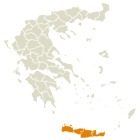
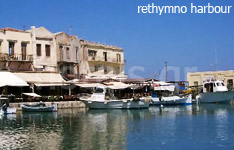

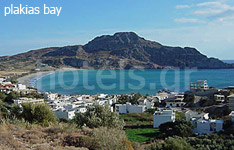
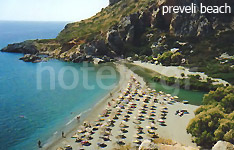
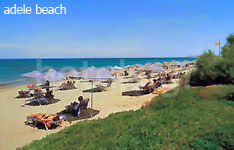
Information About Rethymnon History
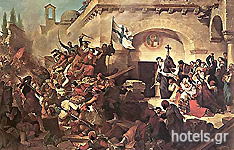
Finds in the Andron Cave indicate that the area was inhabited in Prehistoric times. The town of Rethymnon dates back to after the Minoan Period as established by graves found in the area of the Mastambas suburb to the south of the town. This same area was developed during the 4th-3rd centuries BC as ancient Rithymia, an independent state with its own coinage, but in the late Roman period it was just a small village that continued to exist in the first Byzantium period of 395- 824 AD and the second Byzantium period of 961-1204 without becoming the seat of an archbishop.
The settlement gained importance during the Venetian period, from 1210 onwards when its port became and significant trading harbour for Venetian merchants. Rettimo, as the Venetians called it, became the seat of the Governor Rettore.
In 1538, the invasion by the Ottoman fleet led by the pirate Heratin Barbarossa took place on the north coast of Crete. This forced the Venetians to fortify the town with designs by Michel Sanikleli, which these were simplified due to the high cost. In 1571 a new attack on the town was launched by Ouloutz-Ali. The destruction highlighted the need for stronger fortifications, which commenced in 1573 on the Paleokastro hill to the north of the town. Even these fortifications were not able to withstand the Ottoman invasion of 1646 after a siege of 22 days. The Venetians and Cretans took sanctuary in the new Fortetsa Fort. A treaty with the Pasha Hussein was made, but then followed mass killings of the population. In 1821 and 1824, there was looting and mass killings of the Christians. The town was freed in 1897 with the help of Russian soldiers, part of a protection force, who stayed until 1909. In 1913, the whole of Crete was unified with Greece.
During WWII the town of Rethymnon suffered serious bomb damage. The Battle of Crete in 1941 resulted in the German occupation. The highlight of the Cretan resistance to the Nazis was the kidnapping of the German Governor Kraipe and his transfer to the Middle Eastern Military Barracks in Egypt, yet again a testament of the island 's brave warriors.
After the war the people of Rethymnon cleared the bomb damage and started to rebuild their community. Tourism developed from 1970 onwards as visitors admired the beauties of the environment and the warm hospitality of its people.

Exact, partial, brief, paraphrased or adapted reproduction or republication of the contents and design of this website by any means
mechanical, electronic, photocopied or otherwise without previous authorisation from the legal owner is strictly forbidden.
Copyright © 1994 - 2024 www.greekhotels.gr (KAVI CLUB S.A. - Travel Services in Greece)
Find your hotel.
Type the name, select from the list and click go.
Hotels and Apartments in Crete